Uses of Sodalime with indicator
Gas Absorption in Experiments
Sodalime is frequently used to remove CO₂ from gas streams in laboratory experiments. This is important in studies where CO₂ could interfere with the results or where its removal is necessary to simulate certain environmental conditions.
2. Respiratory Metabolism Studies
In studies involving animal or human respiratory metabolism, sodalime can be used to absorb the CO₂ exhaled by subjects. This allows researchers to measure oxygen consumption and other metabolic parameters accurately.
3. Chemical Synthesis and Reactions
Certain chemical reactions and syntheses are sensitive to the presence of CO₂. Sodalime is used to maintain a CO₂-free environment, ensuring that these reactions proceed correctly without interference from CO₂.
4. Incubators for Cell Culture
In cell culture incubators, maintaining the correct gas composition is crucial for cell growth and development. Sodalime is used to control CO₂ levels within these incubators, ensuring an optimal environment for cell cultures.
5. Anaerobic Chambers
Anaerobic chambers are used for growing and handling anaerobic microorganisms, which thrive in environments devoid of oxygen and CO₂. Sodalime helps to scrub CO₂ from the chamber, creating a suitable atmosphere for these microorganisms.
6. Respiratory Equipment Calibration
Calibration of respiratory equipment, such as spirometers and gas analyzers, often requires precise control of gas concentrations. Sodalime can be used to absorb CO₂ during the calibration process to ensure accurate measurements.
7. Environmental Simulation Chambers
In studies simulating various environmental conditions, such as climate change experiments, sodalime can be used to control and maintain specific CO₂ levels, allowing researchers to study the effects of different CO₂ concentrations on plants, animals, and materials.
8. Respiratory Physiology Research
In respiratory physiology research, sodalime is used to remove CO₂ from exhaled air, enabling the study of lung function and gas exchange processes in isolation from the effects of CO₂.


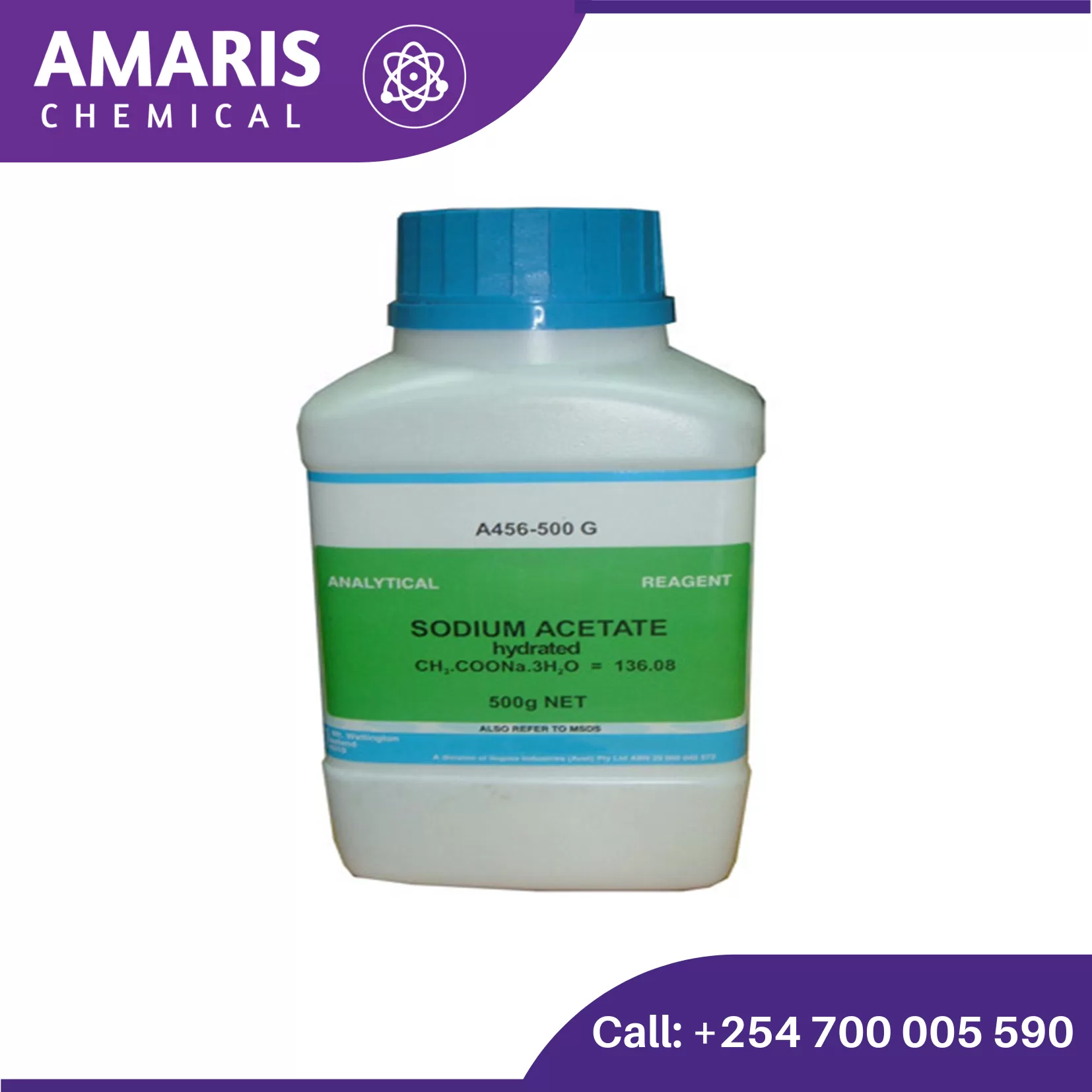
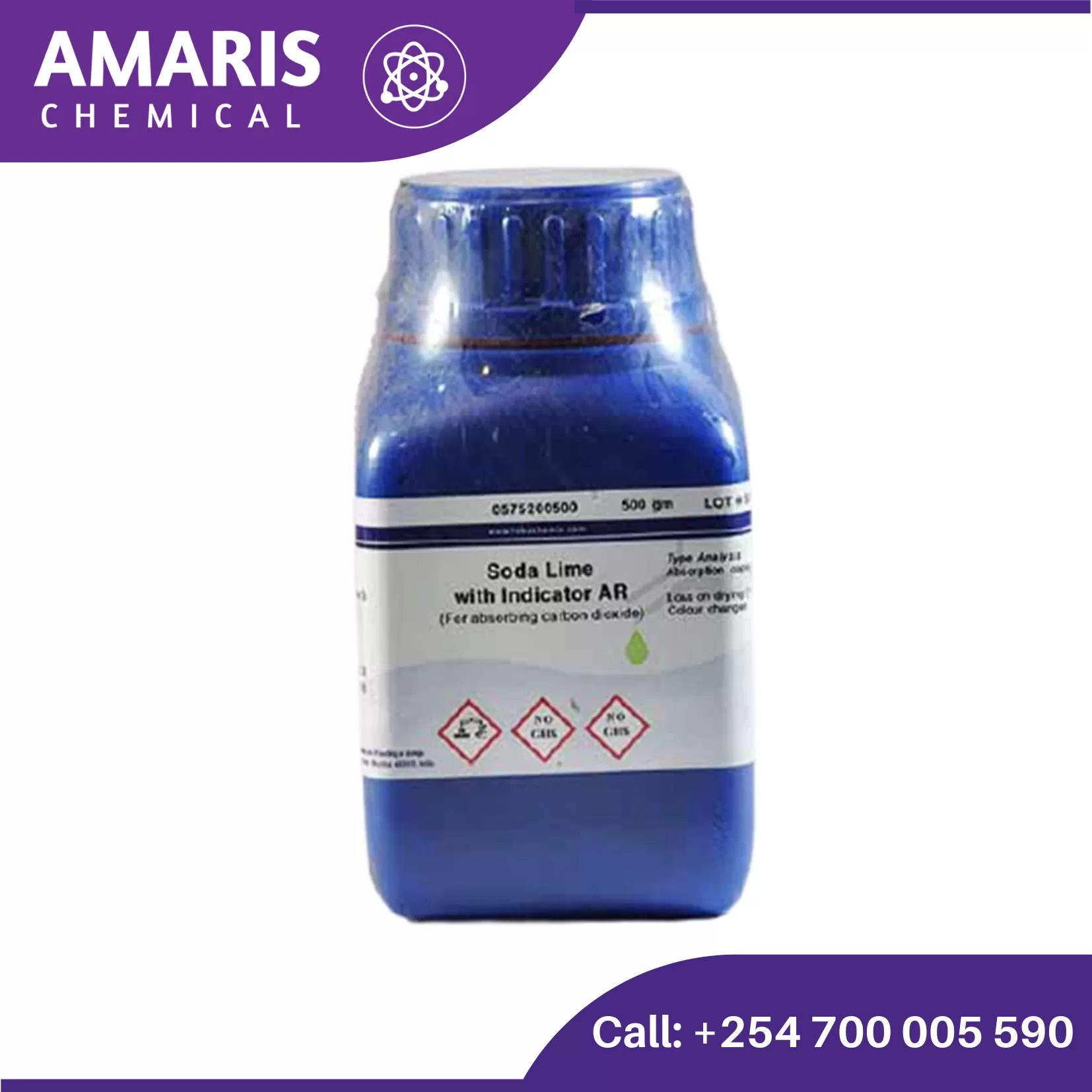

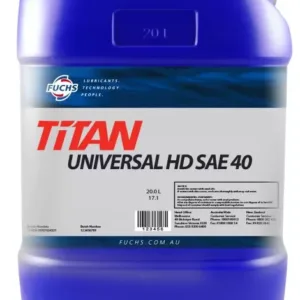
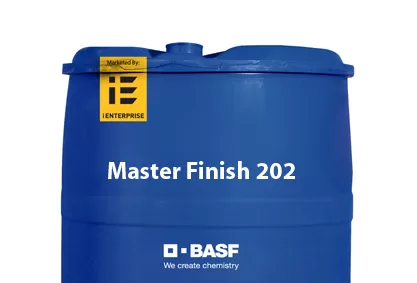

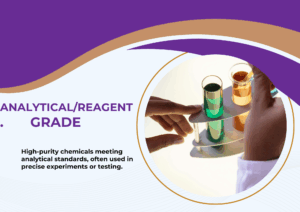

Reviews
There are no reviews yet.